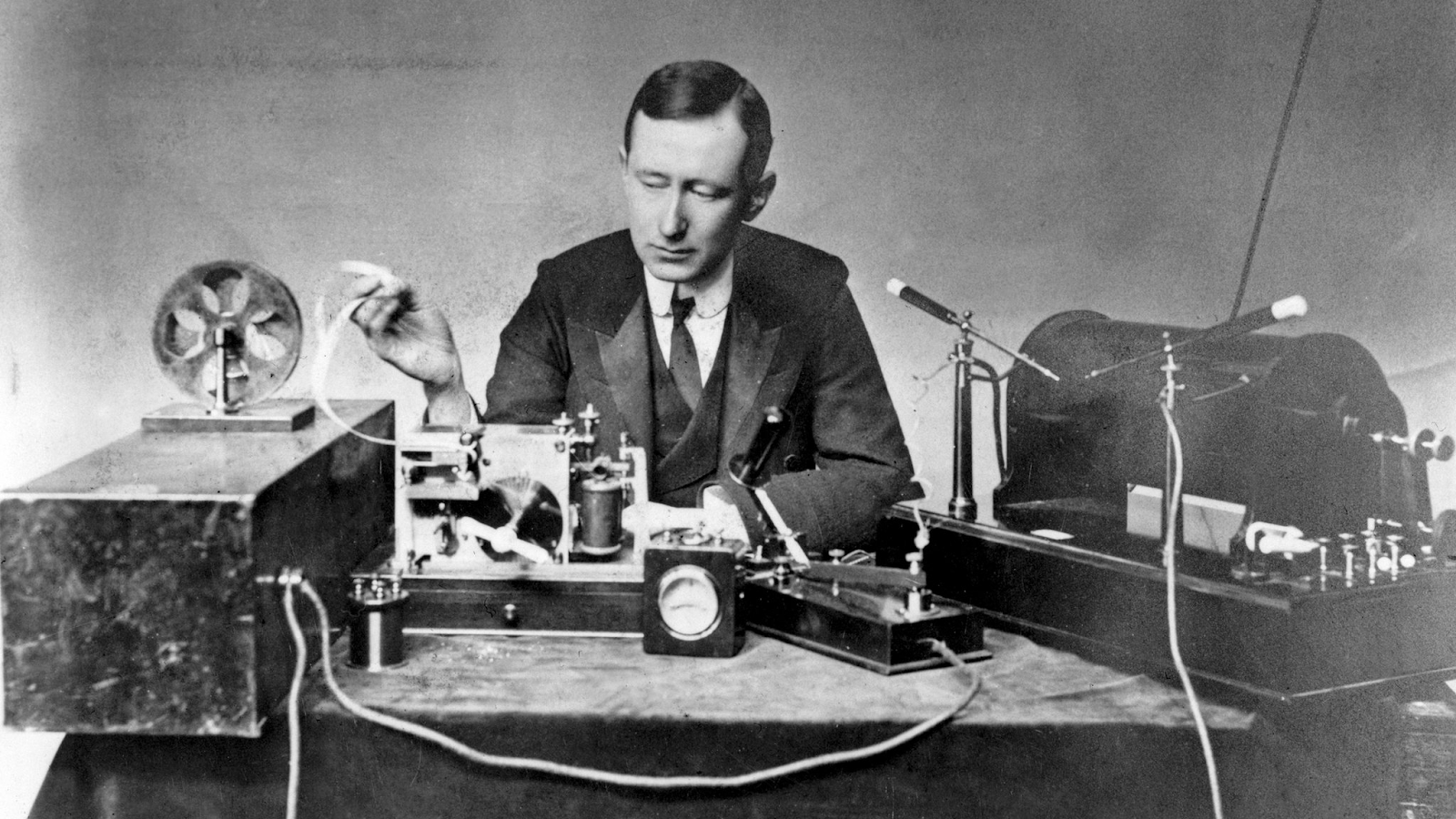EOTO Presentations
After watching everyone's presentations, one of the technologies that stuck out to me the most was the invention of the radio. While the radio is an incredibly common technology, popular all across the world, the creation and evolution of this technology fascinated me.
The first long distance radio transmission occurred in 1896. This action was performed by the Italian inventor Guglielmo Marconi. This transmission was sent approximately a kilometer with the words "can you hear me". In 1901, he became the first person to transmit signals across the Atlantic Ocean. Marconi then began the company "Marconi Radio". This company remained popular until the late 20th century. In 1906, the first transmission of music and speeches happened. Reginald Fessenden produced a radio signal from his studio in Massachusetts to as far as Norfolk, Virginia. This was revolutionary. It was the first AM broadcast and it completely changed the radio industry.
I also learned that radio was primarily used to contact ships that were out at sea. Radio technology was used by those out at sea to communicate with operators. When the Titanic disaster occurred in 1912, it was determined that having proper radio equipment and radio operator would have potentially made this disaster avoidable. Following this, the 1912 radio act was passed. This act outlined that all ships must have the appropriate equipment and a certified operator. Marconi's technology was used heavily on these ships. This technology was incredibly beneficial in WWI for American forces to communicate messages to those out at sea. However, WWII really helped to popularize radio. Radio began to inform the public about the events taking place during the war. In the United States, it became a way to distribute propaganda all over the nation. But, it was also used by those fighting in the war to communicate strategy and intercept enemy information.
Following WWII, FM radio became incredibly popular in the 1940s. FM radio helped to produce mass media, music, information, and speeches were now broadcasted globally. Following this, in the 1950s, disc jockeys or DJs gained popularity. DJs began performing and producing music to be played on FM radio. The culture created by DJs helped popularize music over the radio. Radio talk shows also became incredibly popular in the late 1900s. In the 1970s, Howard Stern popularized these shows. He still remains one of the most prominent radio hosts in history.
In the early 2000s, two radio companies, Sirius and XM combined into one, known as SiriusXM. This made it easier for both companies to reach more consumers. They partnered with car companies to give consumers a few free months of this radio service after they purchased their new car. This partnership helped increase the popularity of nontraditional radio. People were now willing to spend money to gain access to more channels. In today's world, radio is unfortunately seeing a decline in popularity. Mobile devices and smart phones have made it easy to listen to anything at anytime. The biggest change came from podcasts. Podcasts have taken over. Podcasts have also transferred from traditional radio to different streaming platforms. Companies like Spotify and Apple Music have benefitted heavily from this. Overall, while radio had an incredible impact on shaping our communication history, it has unfortunately been on the decline due to technological developments.








No comments:
Post a Comment